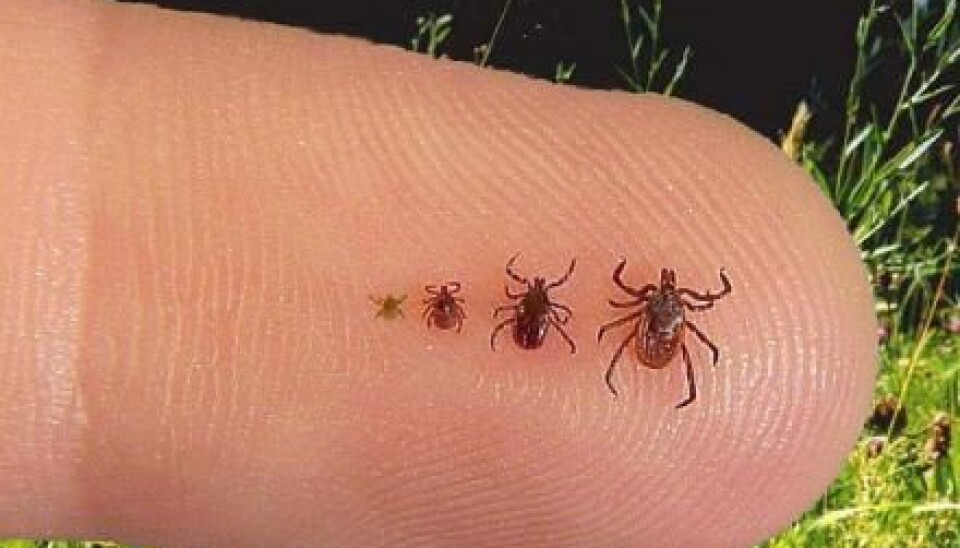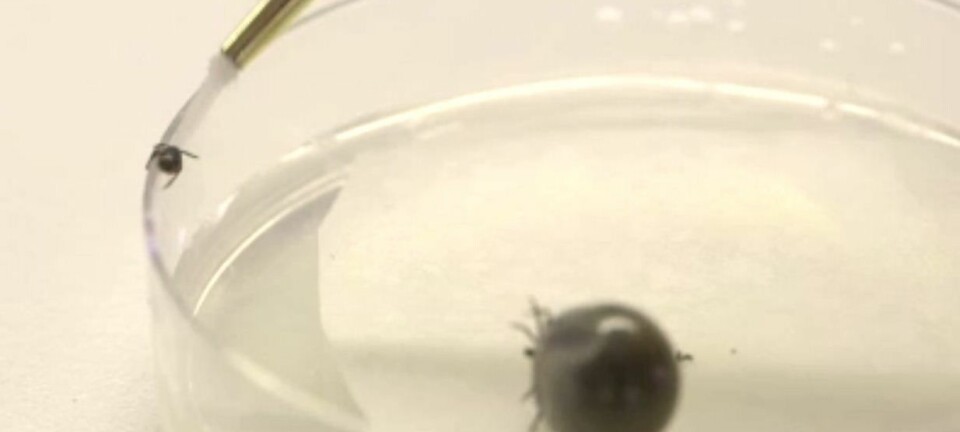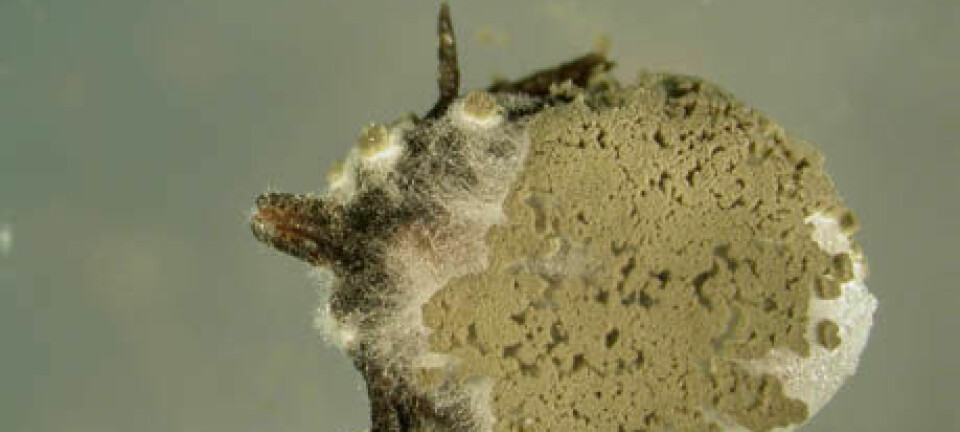
Tick sequencing may eradicate Lyme disease
Scientists have mapped the tick genome. They now hope to eradicate the animal that infects humans with deadly Lyme disease.
An international team of 93 scientists have sequenced the complete genome of the tick.
They hope that the new results will help them to eradicate ticks and thereby stop the spread of damaging diseases, such as Lyme disease.
"We can use this knowledge to fight against the tick and the diseases it carries. We finally have the opportunity to develop an effective and targeted attack against ticks," says co-author Cornelis Grimmelikhuijzen, from the Department of Biology, the University of Copenhagen, Denmark.
The results are published in the scientific journal Nature Communications.
The tick could be eradicated in 15 years

The tick is a vector of so-called zoonosis--a type of disease that is transmitted from animals to humans.
The most famous of these diseases is Lyme disease, caused by the Borellia bacteria. If not treated within a month, it can lead to neurological symptoms such as facial paralysis, meningitis, and memory loss.
Every year the disease affects 300,000 people in the USA and 65,000 in Europe.
"Now we understand the tick genetics, we can combat it more effectively and either reduce the number of ticks or perhaps completely eradicate the species and thus the diseases it transmits," says Grimmelikhuijzen, who estimates that the tick might be extinct in 15 years.
Rene Bødker is an epidemiologist at the National Veterinary Institute, Denmark and he welcomes the fact that someone has succeeded in sequencing the tick genome.
"It's impressive, and it opens a lot of opportunities. Scientists have done a fantastic job, but it’s not yet possible to say where it might go now. We now need concrete suggestions for how to fight ticks,” he says.
Sequencing may lead to new drugs
Scientists may be able to use the sequencing results to develop new antibiotics to counteract the bacterial infection of a tick bite.
"Genome sequencing is in itself a milestone in tick research. Whether it leads to the extinction of, for example, Lyme disease is difficult to say, but it will be exciting to see where the research leads," says Bødker.
“Until now the tick has been a ‘black box'. We didn’t understand the molecular biology and so it was difficult to deal with. Now we can find the weak spots that might lead to the tick's extinction," says Grimmelikhuijzen.
-------------
Read the Danish version of this story on Videnskab.dk
Translated by: Catherine Jex











